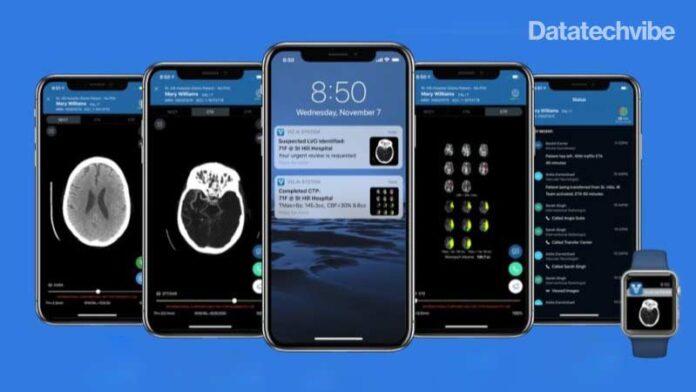Viz.ai has partnered with Avicenna.AI to enable intelligent care coordination and improve patient triage of patients suffering from pulmonary embolism (PE) and aortic disease.
Avicenna.AI’s US Food and Drug Administration (FDA)-approved algorithms for PE and type A and type B aortic dissection, leveraged on the Viz intelligent care coordination platform, will empower multidisciplinary care teams to easily coordinate patient care by sending notifications paired with dynamic imaging and detailed patient information to each provider’s desktop or mobile device as soon as a PE or an aortic dissection is detected.
Also Read: How AI Is Transforming Healthcare Industry
As part of Viz.ai’s commercial aortic module offering, access to imaging and workflows supporting the coordination of care for patients with abdominal aortic aneurysm (AAA), thoracic aortic aneurysm (TAA), rupture, stenosis, and transaction will be available in addition to the aortic dissection algorithm. Similarly, the PE algorithm will be available on Viz.ai’s commercial PE module.
“The addition of AI [artificial intelligence]-powered workflows should decrease the time from diagnosis to treatment and help to coordinate care for patients suffering from life-threatening PE and aortic disease, as it has in the treatment of ischaemic stroke. It will help to facilitate faster and easier treatment decisions across health systems, and this should improve outcomes for patients,” said Richard Saxon, interventional radiologist at Tri-City Medical Center (Oceanside, USA).
The Viz platform is proven to save time and improve patient outcomes. In 2020, the Centers for Medicare and Medicaid Services (CMS) granted Viz.ai a New Technology Add-on Payment (NTAP) for the stroke module, Viz LVO, which reimburses hospitals directly. Pairing team alerts enhanced by AI with high-fidelity mobile image viewing, patient information, and full-stack secure communication enables multidisciplinary teams to make faster treatment decisions for patients. The result increases access to care and improves outcomes for patients.









